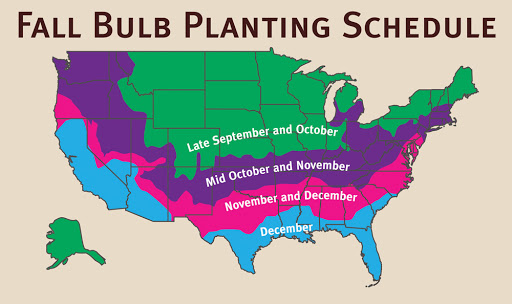I am a landscape designer and have been purchasing 1000's of spring flowering bulbs from A.D.R. Bulbs for 100's of clients in the last 20 years. The bulbs have always been of top quality and if there were any problems, they have been quick to rectify. My orders are often complicated with many varieties and different amounts and they have always filled and delivered everything on time with the best customer care and attention to detail. The pictures in their catalog and website are beautiful. I have visited their facility in NY and was impressed with all their handling equipment and organization. I would highly recommend A.D.R. Bulbs to anyone in the wholesale trade who wants to purchase quality bulbs and work with genuinely nice people.
Nancy Greenlee
, From The Ground Up
« Previous Plant | Next Plant »
Narcissi Large Cupped 'Pink Pride'
Daffodil
Narcissus 'Pink Pride' is a large-cupped daffodil, reaching 16 to 18 inches in height. It produces ivory-white petals surrounding a delicate apricot cup, which gradually deepens to coral pink as it matures. The blooms appear in mid-spring and are lightly fragrant, making them excellent for cut arrangements. Thriving in full sun to part shade, 'Pink Pride' prefers well-drained soil and is deer-resistant, rabbit-resistant, and drought-tolerant. This variety is particularly striking in borders, containers, and mass plantings, where its soft hues create a refined display.
Recommended Substitutes for Narcissi Large Cupped 'Pink Pride'
Narcissi Calculator
When should I plant Narcissi Large Cupped 'Pink Pride'?

Growing and Maintenance Tips for Narcissi Large Cupped 'Pink Pride'
Planting: Plant bulbs in fall, 6 inches deep and 4 to 6 inches apart, with the pointed end up. These daffodils are ideal for mass plantings or formal borders.
Location: Full sun to partial shade. They bloom best with at least 6 hours of sunlight daily.
Soil: Well-drained, moderately fertile soil with a slightly acidic to neutral pH (6.0–7.0). Enrich with compost or leaf mold.
Watering: Water after planting and during active spring growth. Once foliage yellows, reduce watering—bulbs prefer dry summer dormancy.
Temperature: Hardy in USDA zones 3–8. Requires a winter chill to bloom reliably.
Fertilization: Apply compost or a low-nitrogen fertilizer in fall and again in early spring.
Pruning: Deadhead spent blooms to prevent seed formation. Allow foliage to die back naturally to recharge the bulb.
Propagation: Naturalizes by offsets. Divide clumps every 4 to 5 years in summer when dormant.
Pest & Disease: Deer- and rodent-resistant. Good drainage prevents bulb rot.







Check back soon for additional details.